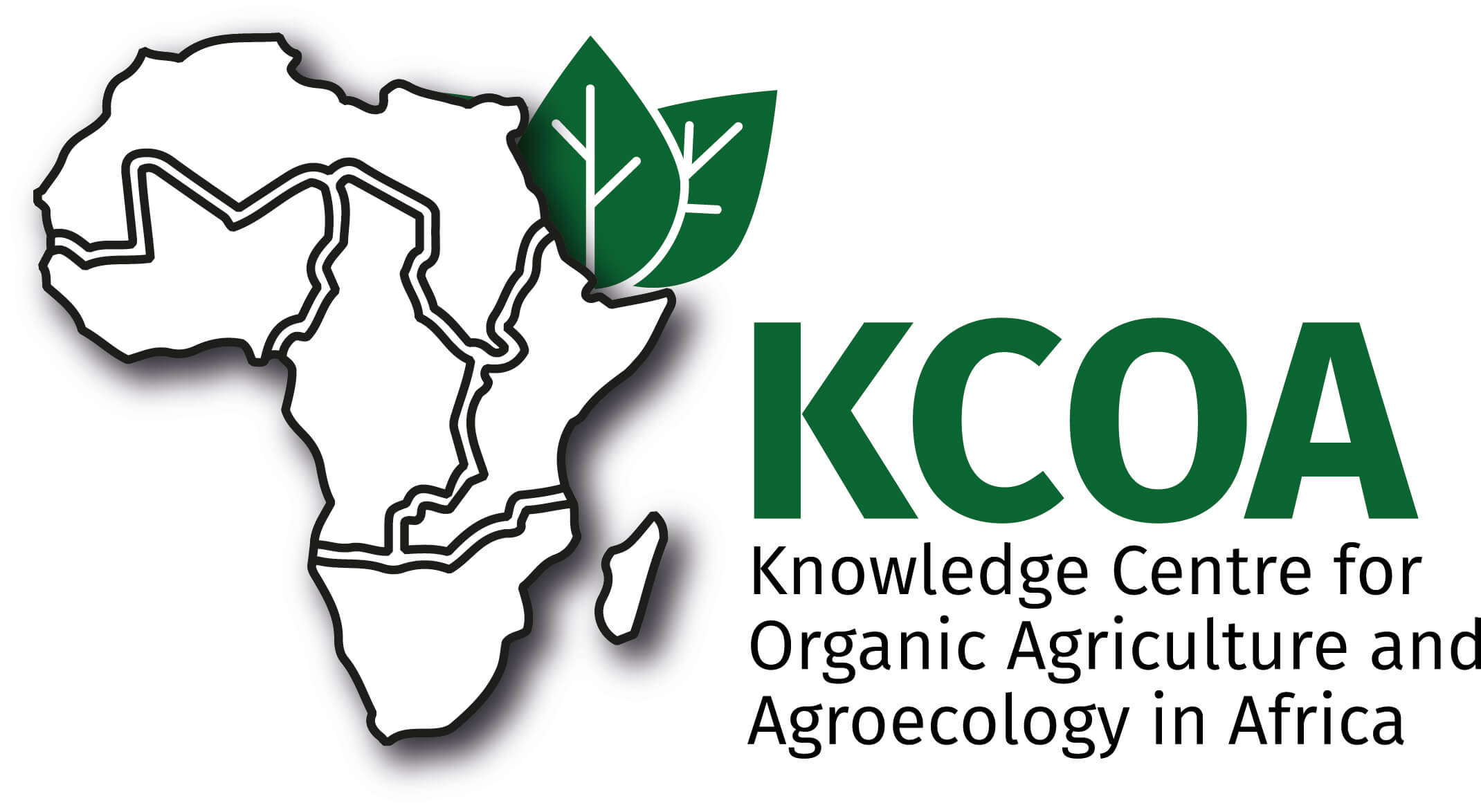Life as a smallholder farmer in a changing climate can be tough and frustrating. It may often seem hopeless because extreme weather conditions lead to crop losses, which leads to a loss of income. This results in food and nutrition insecurity.
Dorcas Shonga, a 74-year-old farmer of Rufunsa District in Zambia shares her experiences as a smallholder farmer in a district 100 kilometres from the capital Lusaka. Dorcas’s husband retired from his teaching job in 1996. This left the entire family dependent on agriculture for income generation and nutrition. “Before 2001, my farming was focused on increasing my production and yield. How I produced the crop did not matter. I mainly grew maize and increased production through increasing hectarage which made me cut a lot of trees,” she says
The National Agricultural Policy supports conventional farming through programmes such as the Farmer Input Support Programme (FISP). FISP has smallholder farmers as beneficiaries, who buy subsidised inputs including chemical fertilisers, hybrid maize and a legume as part of the FISP pack. “As a smallholder farmer, with 35 hectares of land, FISP at that time gave my family a solution through the subsidised inputs because it fit well with our desire to increase production and crop yields at the farm,” she said BUT over the years, she observed that while practising conventional farming, production and yields declined while the need for fertilisers kept increasing. The diversity of crops narrowed as the chemicals used to control weeds killed off all plants except maize.
In 2001, a lead farmer trained by Kasisi Agriculture Training Centre in agroecology and organic agriculture visited Dorcas‘s village and trained some community members as follower farmers. Dorcas was fortunate to have been among the trained. “The training marked my turning point in agriculture. I subdivided my land and converted 3 hectares of the 13 hectares currently used for agriculture of my land to organic agriculture,” Dorcas noted.
“I used organic soil improvement methods including intercropping, minimum tillage, agroforestry, bokashi compost and a variety of tea and green manures. I kept village chickens and goats as a source of manure for my compost. I used local trees for pest control as well as push and pull practices. Over four years, my soil improved and whatever I planted gave me a good yield,” said Dorcas.
Dorcas said that before converting to organic agriculture, the three hectares yielded 10 to 15 by 50 kilogrammes of maize. “I am currently harvesting 75 to 100 by 50 kilograms of maize from the same land. I have also grown the diversity of crops to 32 different species of crops including a variety of farmer-saved seed maize varieties locally known as Kapyabwangu, red maize and Gankata,” she said.
The 2023/2024 farming season has been marred with extremely hot temperatures, which has adversely affected many crops. Dorcas says “despite the erratic rainfall, I intercropped local maize with sunflower and cowpeas as a cover crop. The maize is stressed but we will still harvest a reasonable amount of yield.”
She attributes her increased production and yield to the agroecological technologies applied such as minimum tillage, mulching, use of manure and local seed varieties that have proved tolerant to extreme weather conditions. “I have since recruited 30 members that I’m leading and we share knowledge in agroecology and organic agriculture,” she said.
Farmers need to have a change of mindset and adopt agroecology as a mitigation and adaptation to the impacts of climate change.
What are you doing to help feed the nation, and the world?
Author: Rabecca Mwila
PELUM Zambia Communications Officer-KHSA Project















































